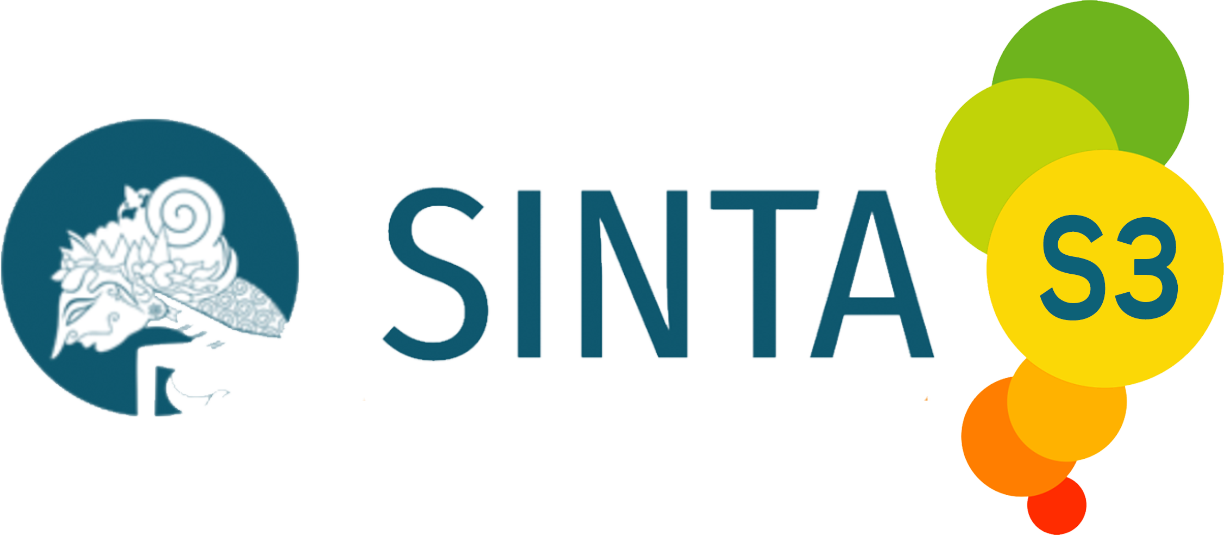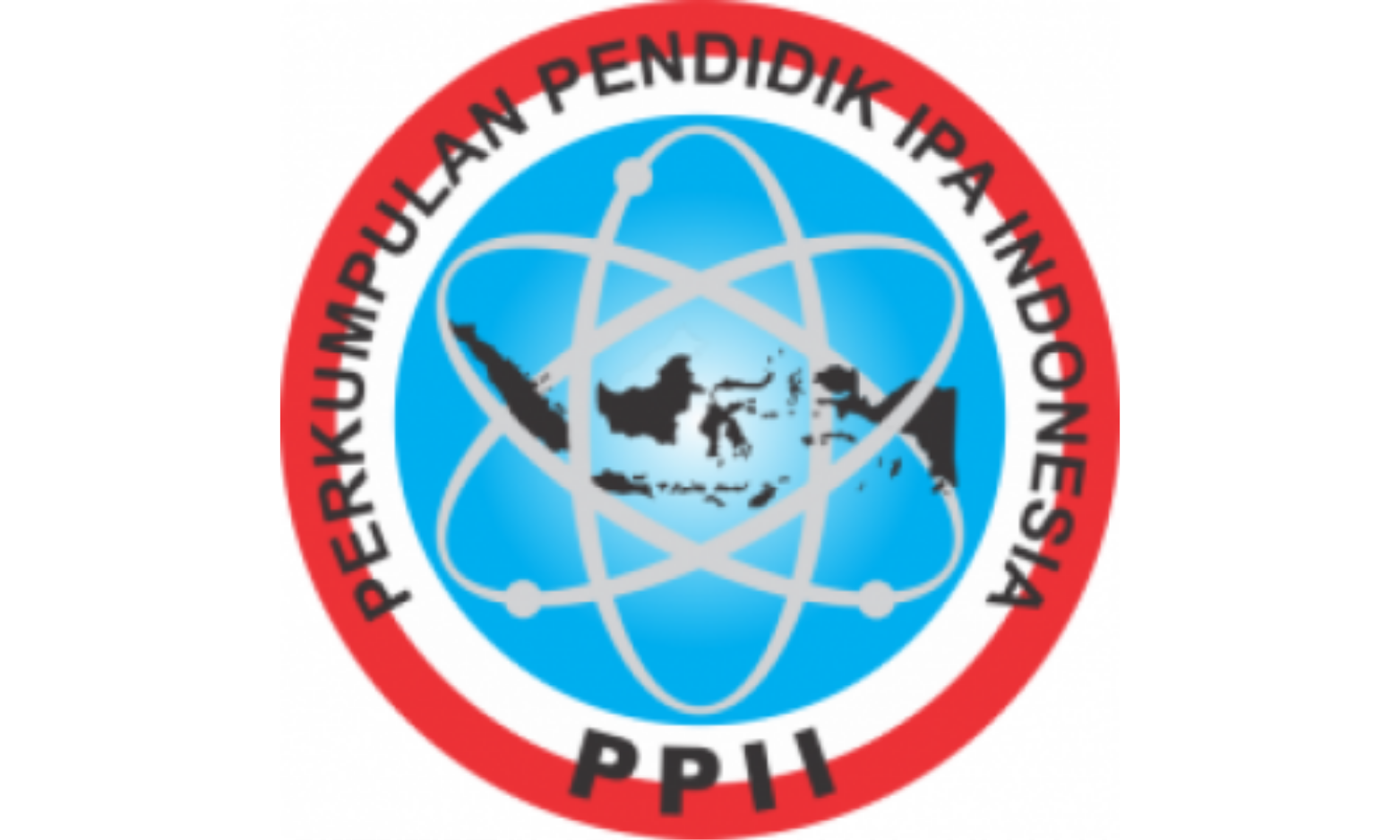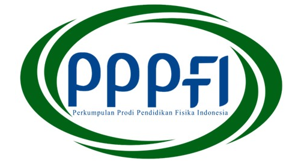PRE-CLASS TUTORIAL (PCT): LEARNING STRATEGIES TO IMPROVE STUDENTS' UNDERSTANDING OF THE P–V–T DIAGRAM ON THERMODYNAMICS
DOI:
https://doi.org/10.15575/jotalp.v7i2.14775Keywords:
Pre-Class Tutorial, Concept Understanding, ThermodynamicAbstract
This research was motivated by students' difficulties drawing and interpreting P-V-T diagrams to describe thermal processes and the ideal gas cycle. The method used in this study is a quasi-experimental method by comparing the results of the students' pre-test and post-test. This research was conducted on 21 students in one of the public schools in Pandeglang, Banten. Based on the study's results, PCT improved students' understanding of drawing and interpreting P-V-T diagrams to describe thermal processes and the ideal gas cycle. Several conceptual difficulties founded during the research. First, the most difficult in P-V, P-T, and V-T diagrams, respectively, is to draw the adiabatic process. Second, the percentage of students who answered the P-V diagram correctly was higher than those who answered the P-T and V-T diagrams. Third, students were more interested in and understood processes with unique characteristics such as isobaric, which means constant pressure; isochoric, which means constant volume and isothermal, which means constant temperature.
References
Coletta, V. P., & Phillips, J. A. (2005). Interpreting FCI scores: Normalized gain, preinstruction scores, and scientific reasoning ability. American Journal of Physics, 73(12), 1172–1182. https://doi.org/10.1119/1.2117109
Finch, J. D., & Hand, L. N. (1998). Using an E-mail tutorial and student seminars to improve an intermediate-level undergraduate physics course. American Journal of Physics, 66(10), 914–919. https://doi.org/10.1119/1.18981
Heiner, C. E., Banet, A. I., & Wieman, C. (2014). Preparing students for class: How to get 80% of students to read the textbook before class. American Journal of Physics, 82(10), 989–996. https://doi.org/10.1119/1.4895008
Heller, P., Keith, R., & Anderson, S. (1992). Teaching problem solving through cooperative grouping. Part 1: Group versus individual problem-solving. American Journal of Physics, 60(7), 627–636. https://doi.org/10.1119/1.17117
Hsu, L., Brewe, E., Foster, T. M., & Harper, K. A. (2004). Resource letter RPS-1: Research in problem-solving. American Journal of Physics, 72(9), 1147–1156. https://doi.org/10.1119/1.1763175
Johnson, M. (2001). Facilitating high-quality student practice in
introductory physics. American Journal of Physics, 69(S1), S2–S11. https://doi.org/10.1119/1.1286094
Kim, E., & Pak, S.-J. (2002). Students do not overcome conceptual difficulties after solving 1000 traditional problems. American Journal of Physics, 70(7), 759–765. https://doi.org/10.1119/1.1484151
McDermott, L. C., & Shaffer, P. S. (1992). Research as a guide for curriculum development: An example from introductory electricity. Part I: Investigation of student understanding. American Journal of Physics, 60(11), 994–1003. https://doi.org/10.1119/1.17003
Stelzer, T., Gladding, G., Mestre, J. P., & Brookes, D. T. (2009). Comparing the efficacy of multimedia modules with traditional textbooks for learning introductory physics content. American Journal of Physics, 77(2), 184–190. https://doi.org/10.1119/1.3028204
Van Heuvelen, A. (1991). Overview, case study physics. American Journal of Physics, 59(10), 898–907. https://doi.org/10.1119/1.16668
Downloads
Published
Issue
Section
Citation Check
License
Journal of Teaching and Learning Physics is licensed under a Creative Commons Attribution-NonCommercial-NoDerivatives 4.0 International License








